Heterotopia
Research driven architectural communityAUD UCLA / SPRING 2019 Instructor: Alfie Koetter Group Project: Olivia Kope, Annie Kleinaitis, Carlo Gomez
A heterotopia, described by Michel Foucault, is a space that is somehow “other”. It is a space that offers a distorted mirror of the surrounding environment.
Our proposed heterotopia is found in an affordable artist community in Baldwin Hills, Los Angeles. The artist community contradicts its surroundings in several ways: grid layout versus sprawling topographic suburban planning, and the only warehouse/museum/shopping mall for miles.These architectural elements pull references from all over Los Angeles and condenses it into a 400X400 square. Our quadrant based plans and modular designs derive from prior research on the ancient city of Teotihuacan and the Nakagin Capsule Tower in Tokyo, respectively.
The quadrants exist individually as their own heterotopias, contrasting each other in form and typology, yet sharing formal plan principals and guides.
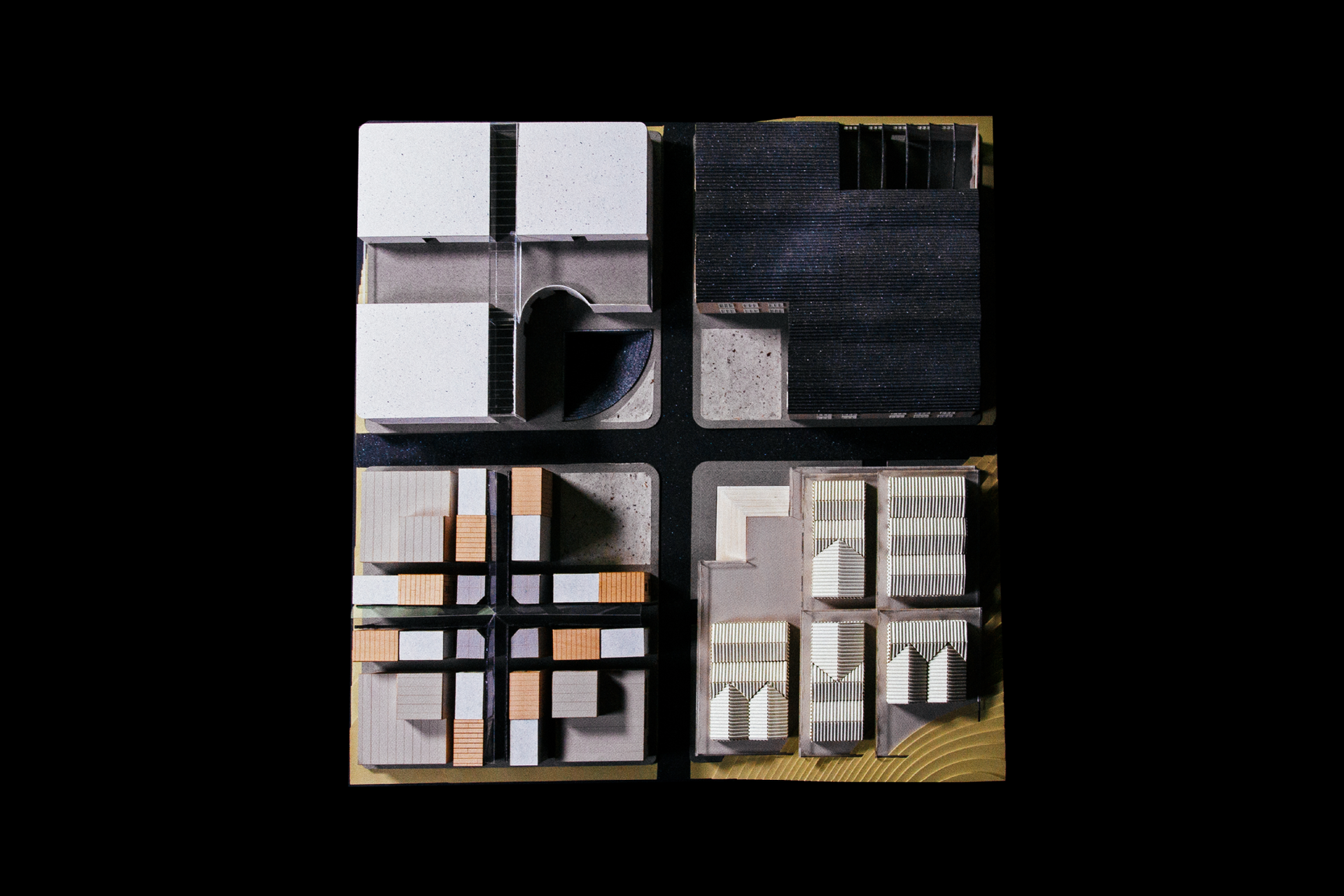
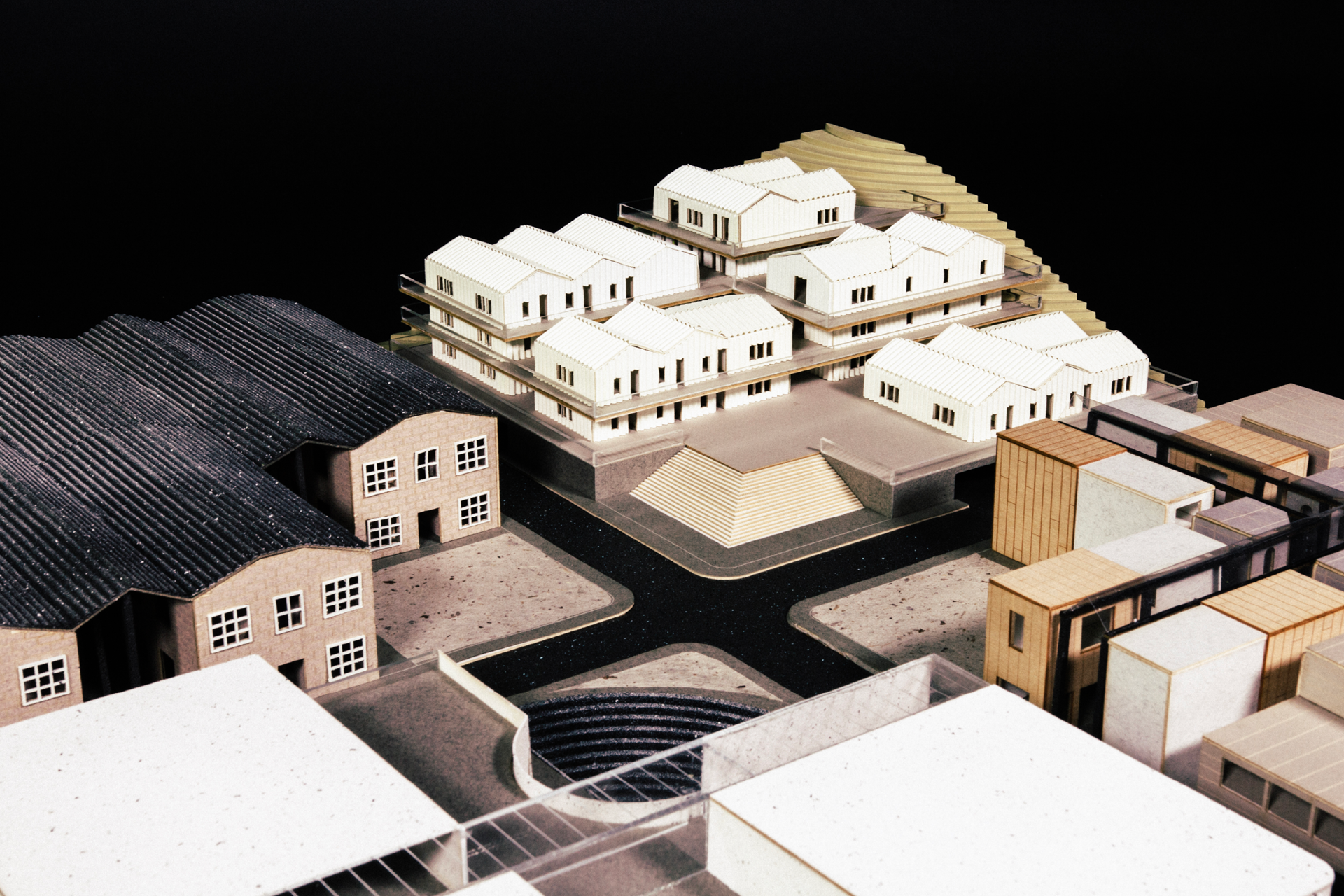
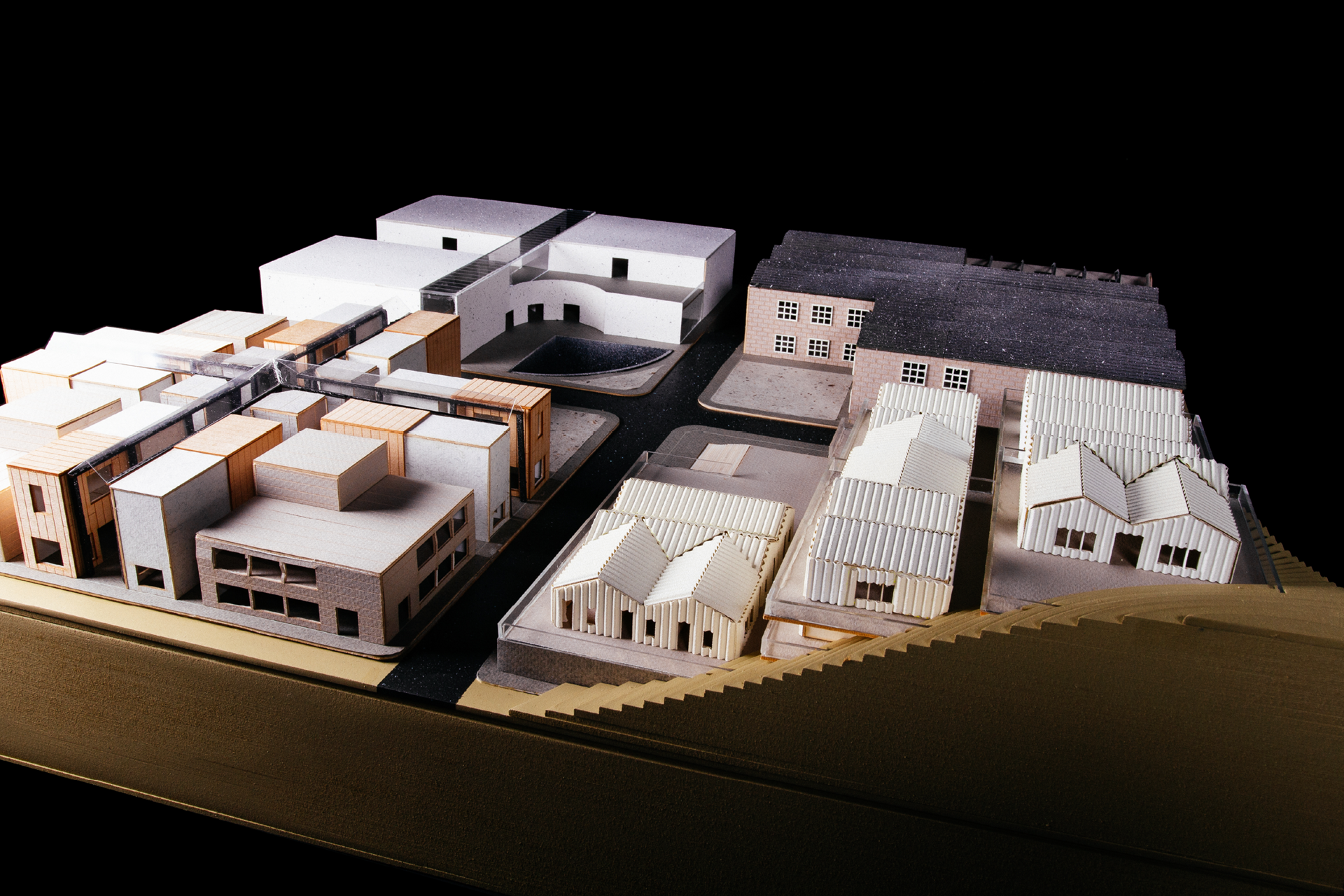

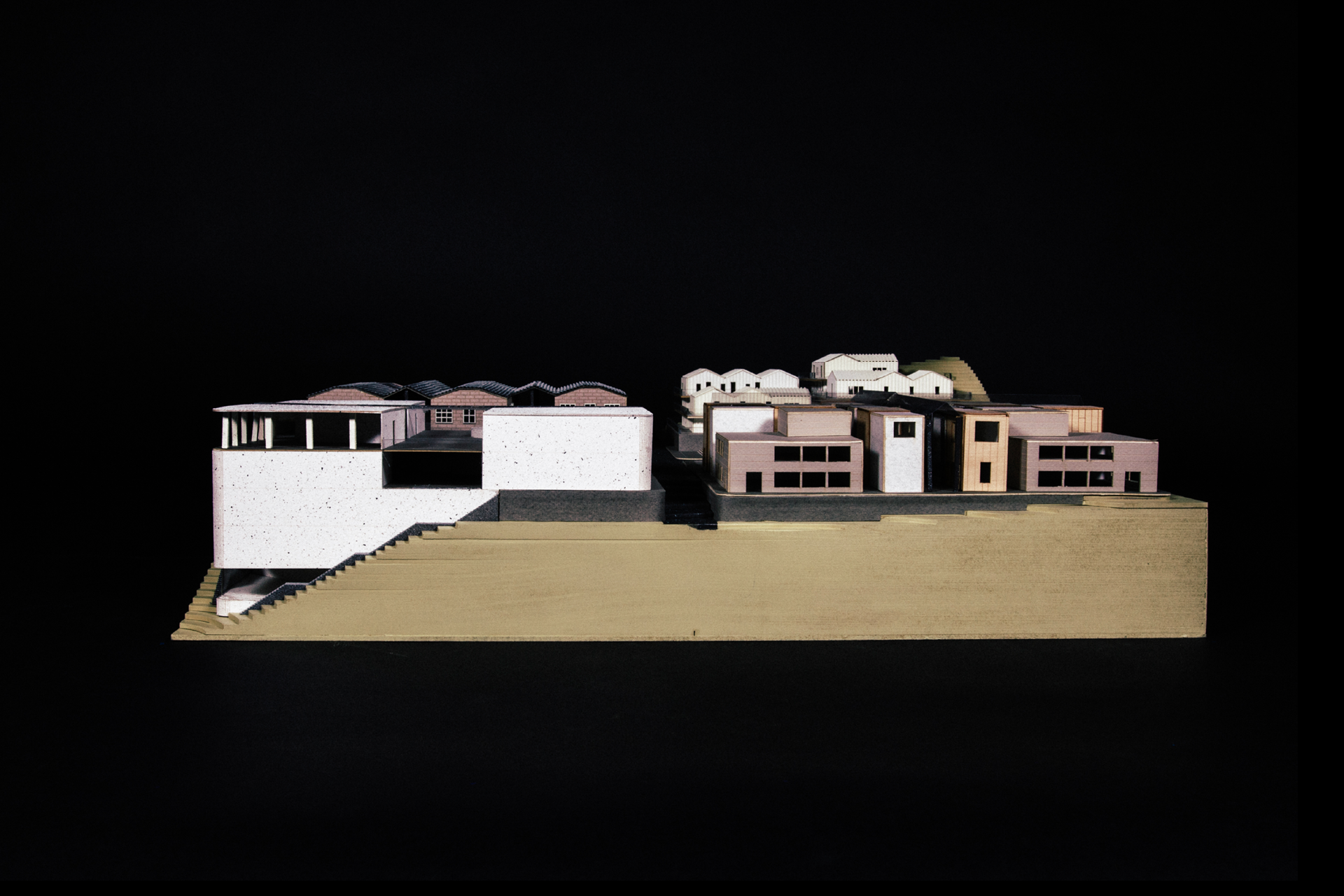

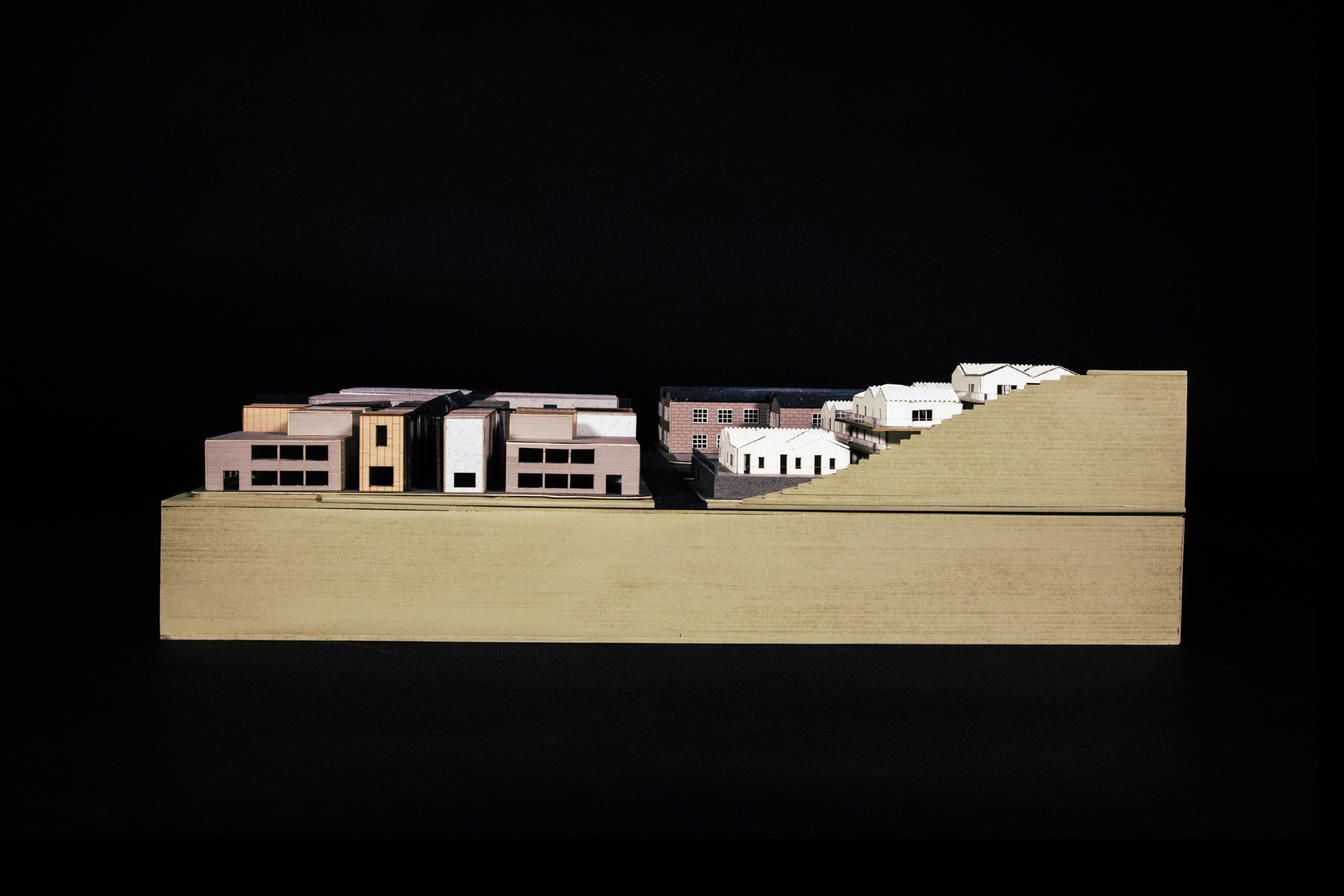
Final Model w/ Elevations: The artist community is split into four quarters, each with specific purposes (warehouse quarter offers studio work spaces, residential quarter offers affordable housing, commercial quart has shops and restaurants, and the museum quarter is a medium for the artists to showcase their work to the outside world.
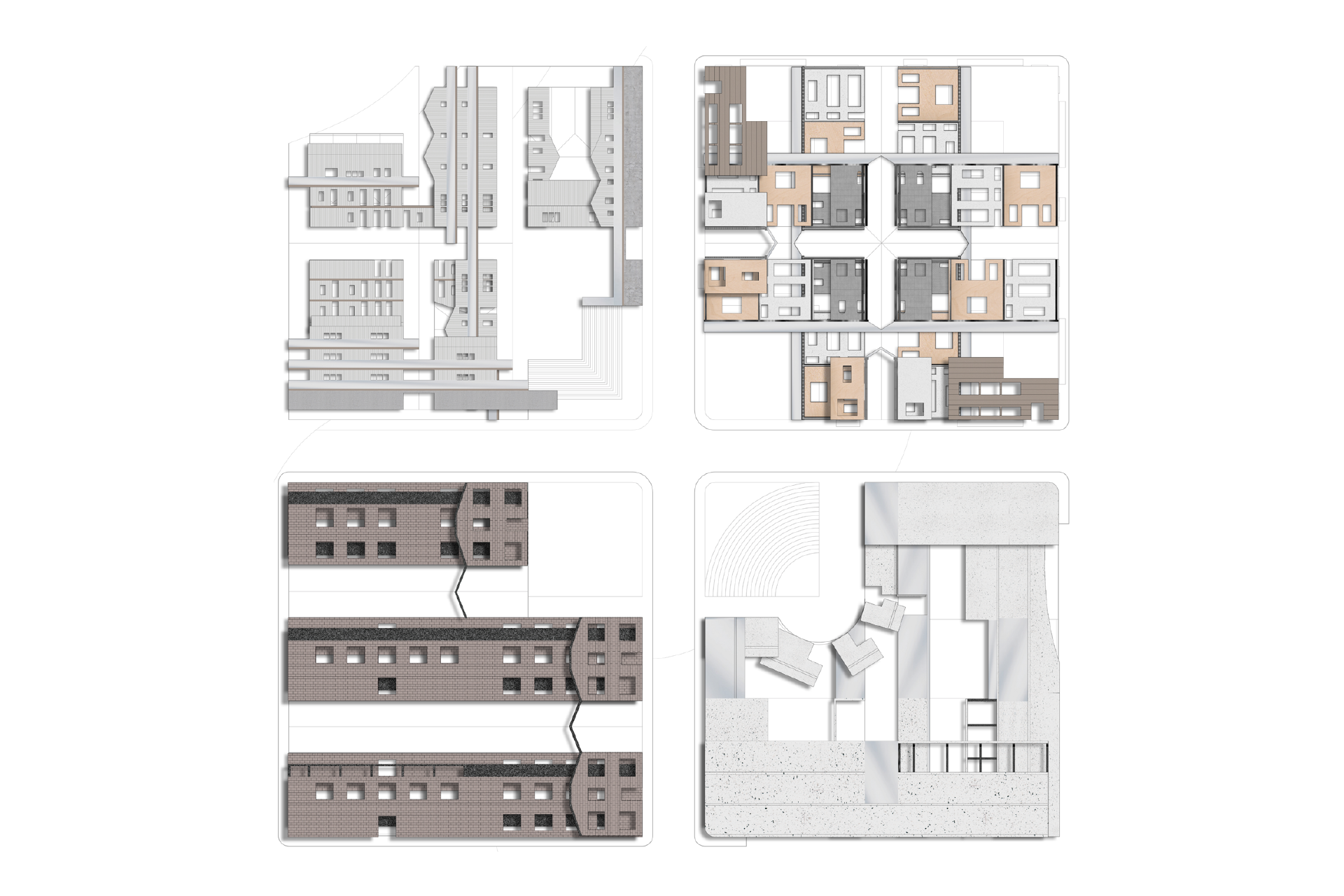
Unrolled Elevation: Material index, grain direction and organizational heirarchy that alludes to the underlying grid system.
![]() Floor Plans: (1-4) + Site Plan
Floor Plans: (1-4) + Site Plan

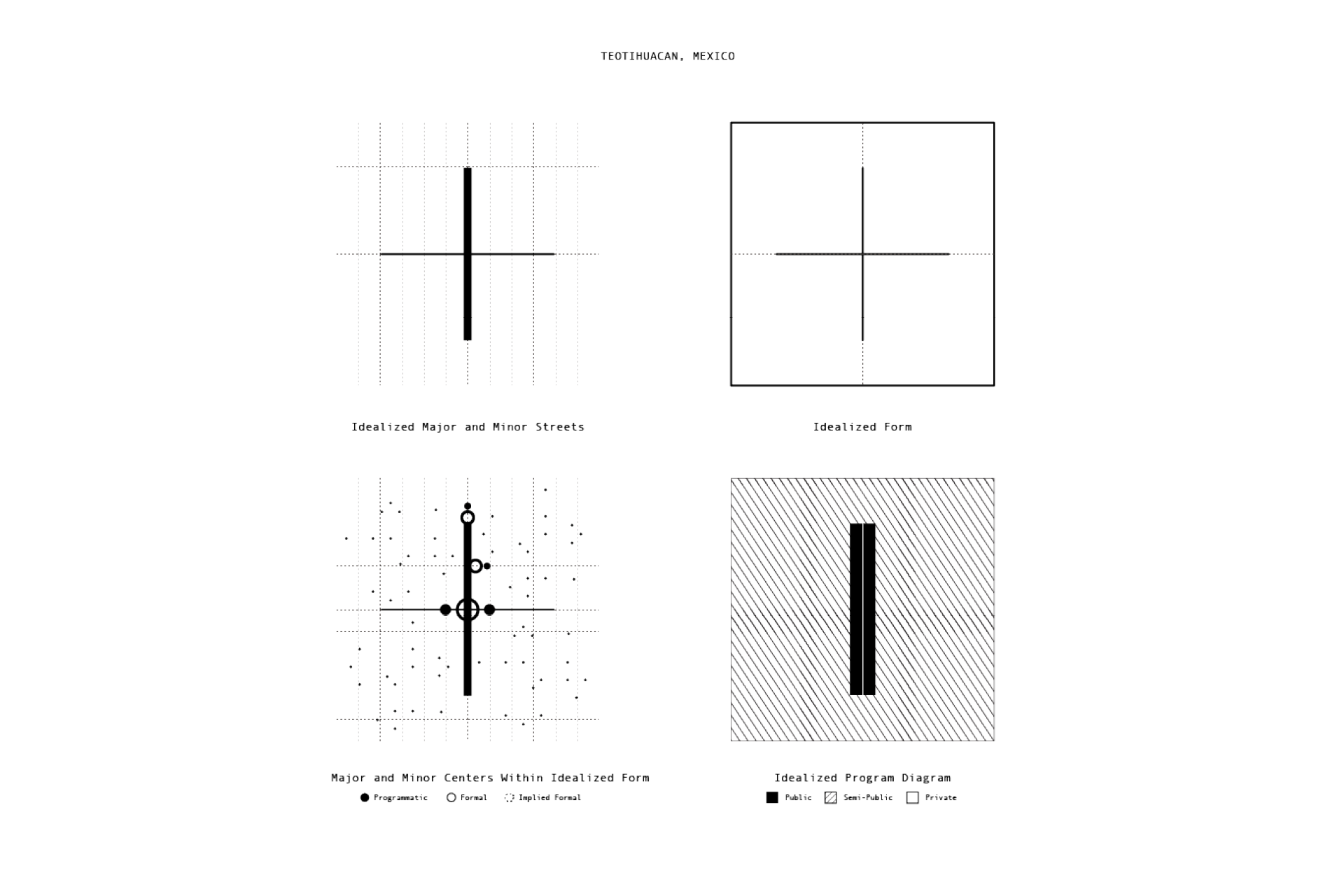
TEOTIHUACAN (RESEARCH):The ancient city of Teotihuacan was divided into four quarters. The black figures include temples and civic spaces. The small black squares are houses. The roads, running perpendicular to each other, intersect and unite these quadrants. These roads separated people of different religions and cultures, but also brought them together for ceremonies and trade.
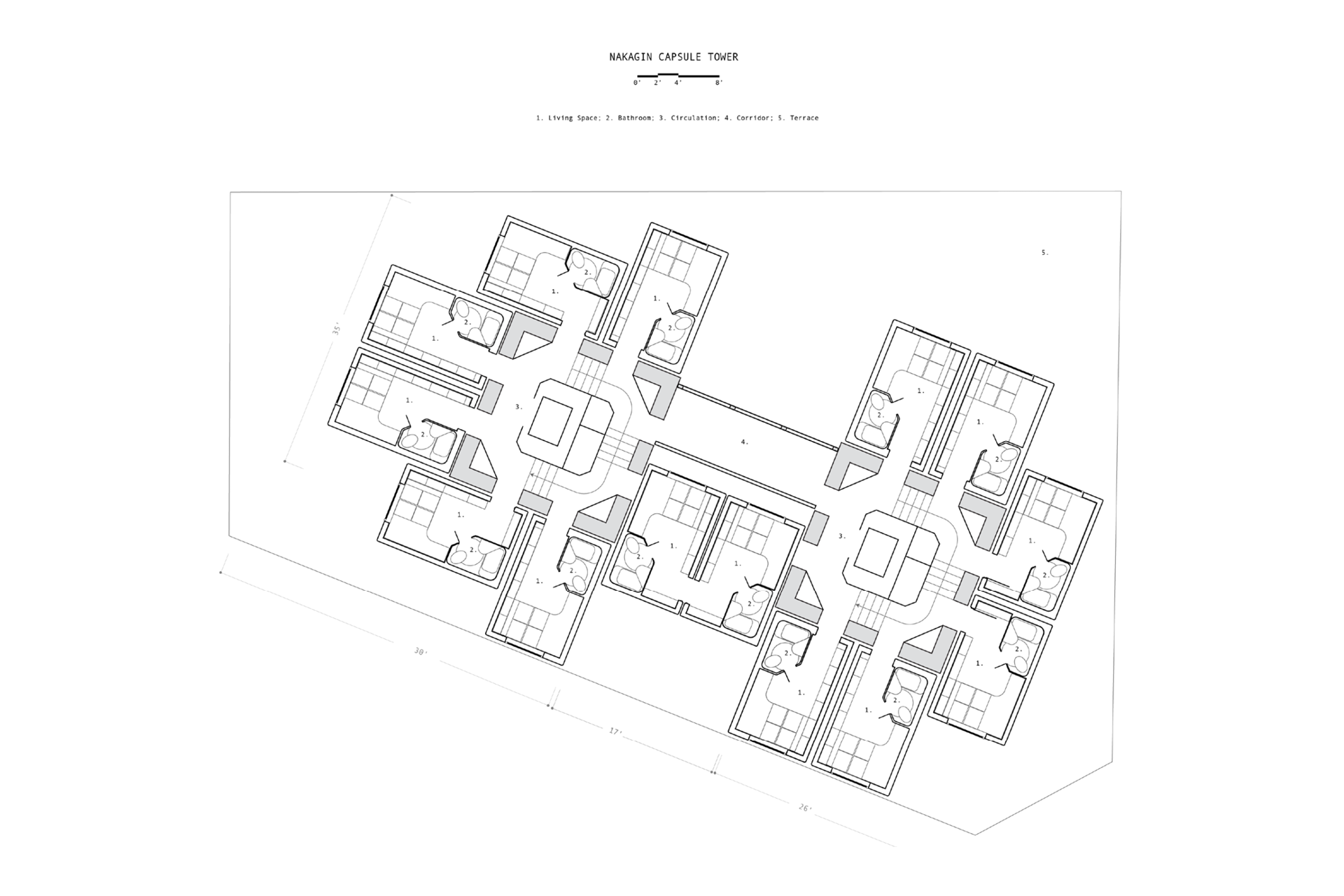
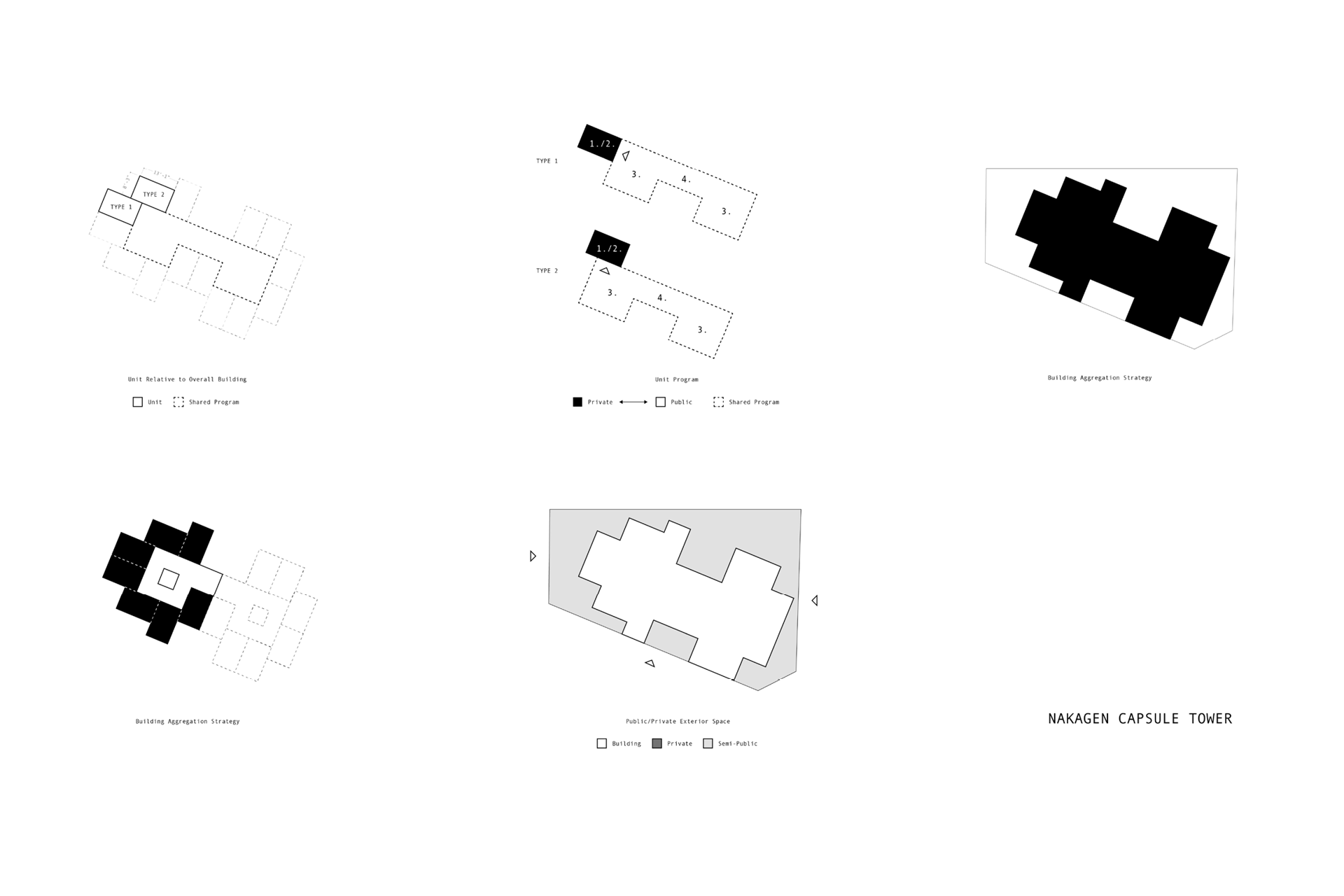
NAKAGIN CAPSULE TOWER(RESEARCH): Plan and program analysis on the Nagakin Capsule Tower in Tokyo, Japan in informing the modularity of our own master plan.
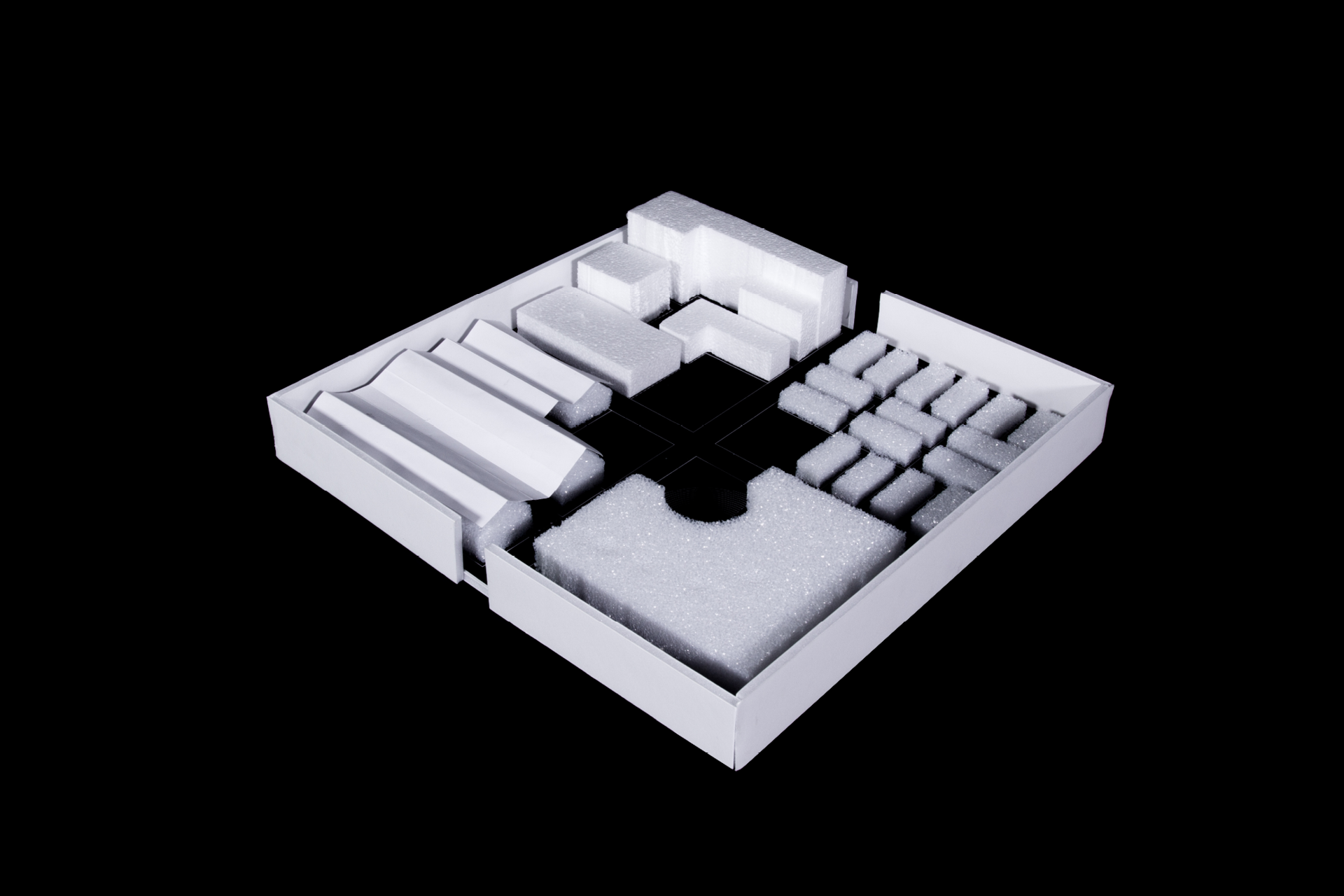

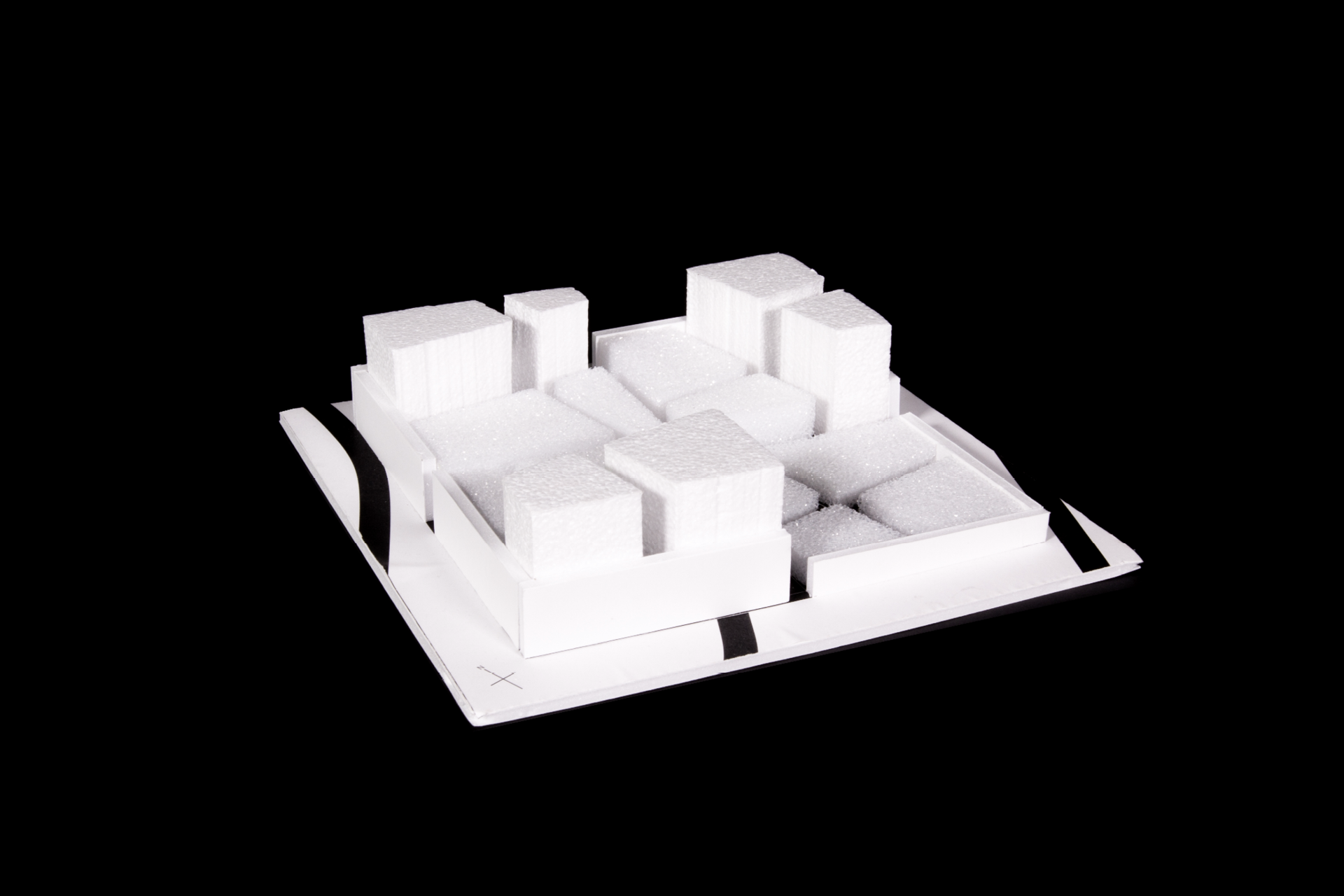
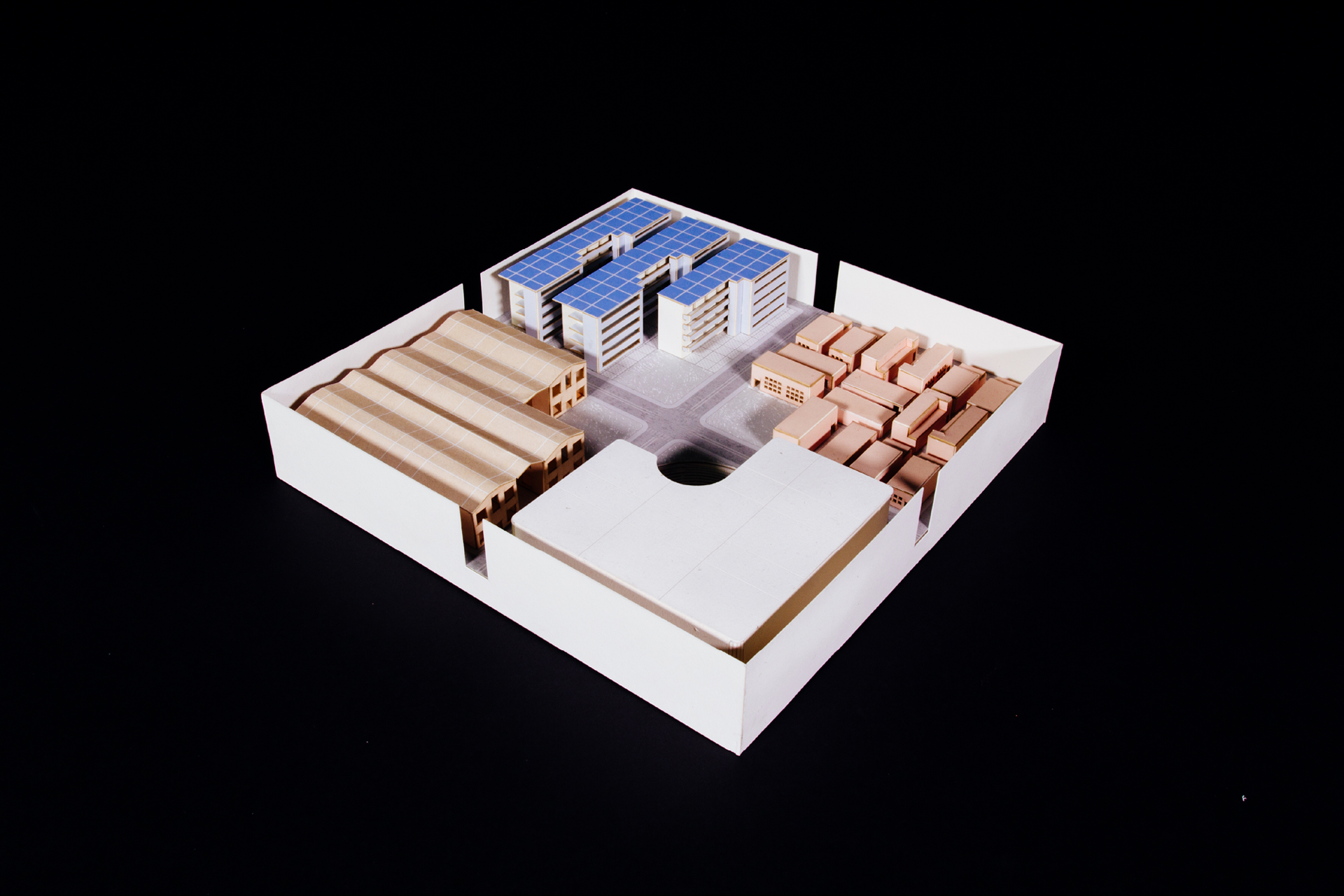
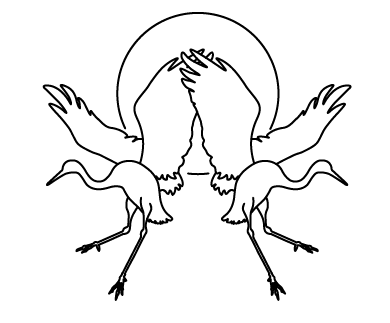
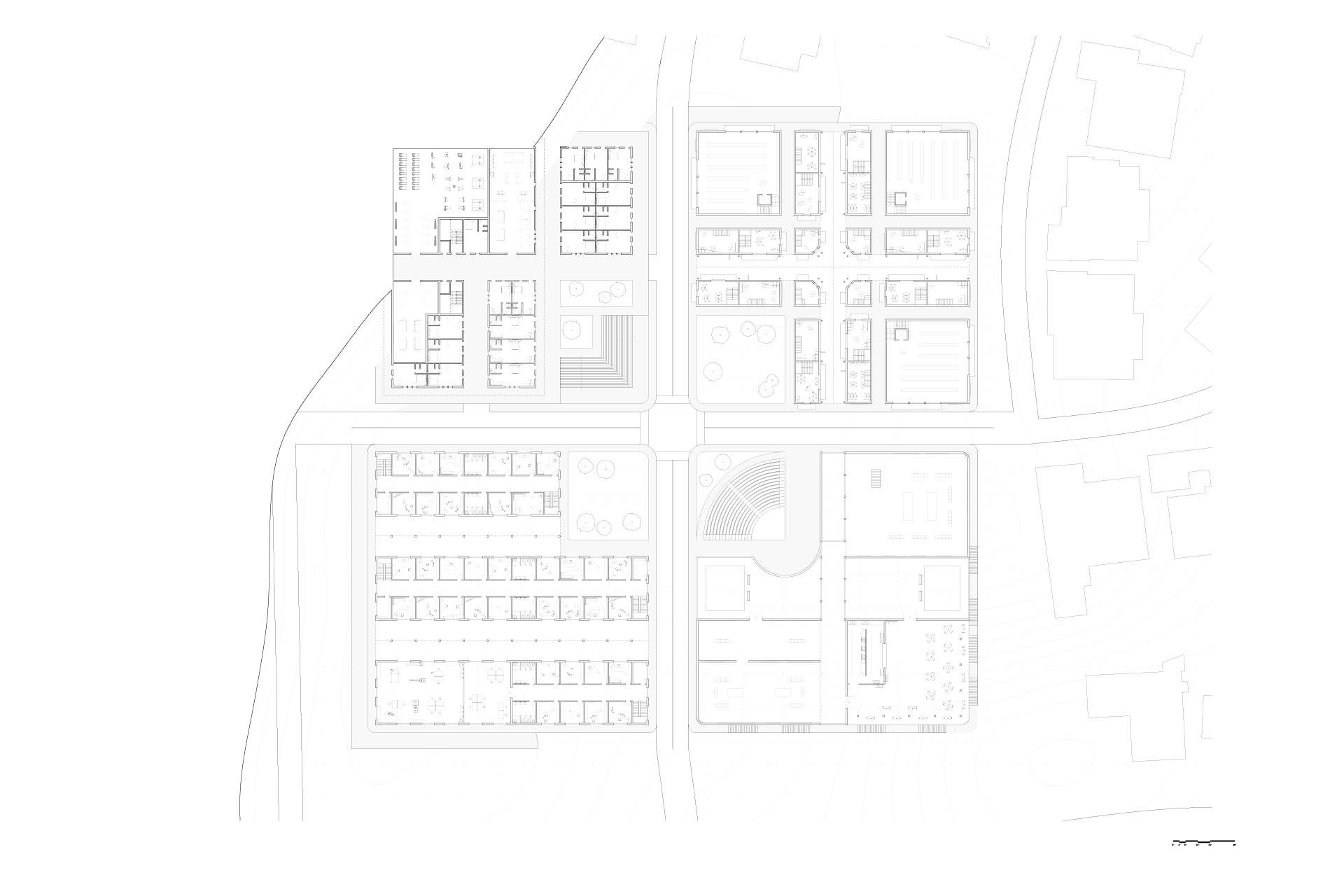 Floor Plans: (1-4) + Site Plan
Floor Plans: (1-4) + Site Plan